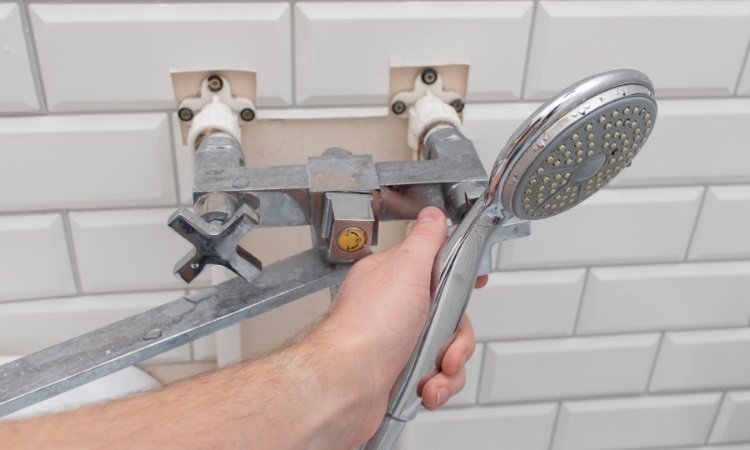Top 5 Causes of Leaking Showers (And How to Fix Them)

A leaking shower might seem like a minor nuisance—but left unchecked, it can lead to serious water damage, mould, and costly repairs. The good news? Most leaks are preventable if you know what to look for.
Here are the top 5 causes of leaking showers—and how to fix them before things get out of hand.
1. Cracked or missing grout
Grout is the unsung hero of your shower—it seals the spaces between your tiles and prevents water from seeping through. But over time, grout can crack, wear away, or become porous.
Once grout fails, water can sneak behind the tiles and into the wall or floor beneath, causing swelling, rot, or mould growth.
How to fix it:
Cracked grout should be professionally removed and replaced with a fresh, waterproof product. For long-term protection, consider a full shower and tile resealing service.
2. Worn or mouldy silicone sealant
Silicone is often used around the base of the shower, in corners, and at wall junctions. When it starts to peel, crack, or discolour, water can escape through these weak points and into surrounding areas.
How to fix it:
Remove old silicone thoroughly (never apply new over old), clean the area, and reseal with mould-resistant, waterproof silicone. A professional can ensure it’s applied neatly and sealed correctly.
3. Movement in tiles or flooring
If your tiles feel loose, hollow, or uneven underfoot, that’s a sign of movement underneath—often caused by water damage or poor installation. Gaps created by shifting tiles let water penetrate deeper and cause structural problems.
How to fix it:
This usually requires professional attention. Loose tiles may need to be re-secured, and any damage beneath addressed. Once the area is stable, it should be regrouted and resealed properly.
4. Failed waterproofing membrane
Underneath your tiles lies a waterproofing membrane that’s supposed to protect your bathroom’s subfloor. But if the membrane was poorly installed—or has been compromised over time—your shower could be leaking without any visible signs.
How to fix it:
A licensed technician can assess the situation. In many cases, resealing the shower floor and wall joints can resolve the issue without removing tiles. If the membrane is badly damaged, more extensive repairs may be required.
5. Plumbing issues or faulty drainage
Sometimes, the leak isn’t in the tiles at all—it’s in the pipes behind the wall or around the shower drain. If you’re noticing water pooling in unusual places, or ongoing leaks after a reseal, plumbing could be the culprit.
How to fix it:
Have a licensed plumber inspect the pipes and drainage system. Once any plumbing issues are fixed, resealing the shower can help prevent future moisture build-up and damage.
Don’t let a small leak turn into a major repair
At Leaking Showers Sealed, we specialise in identifying and fixing shower leaks without ripping up your tiles. Our resealing service is fast, affordable, and designed to protect your home from long-term water damage.
✅ No tile removal
✅ Grout and silicone repair
✅ Leak detection
✅ Long-lasting, waterproof sealing
Worried about a leaking shower?
Book a resealing service today and keep your bathroom watertight and worry-free.







